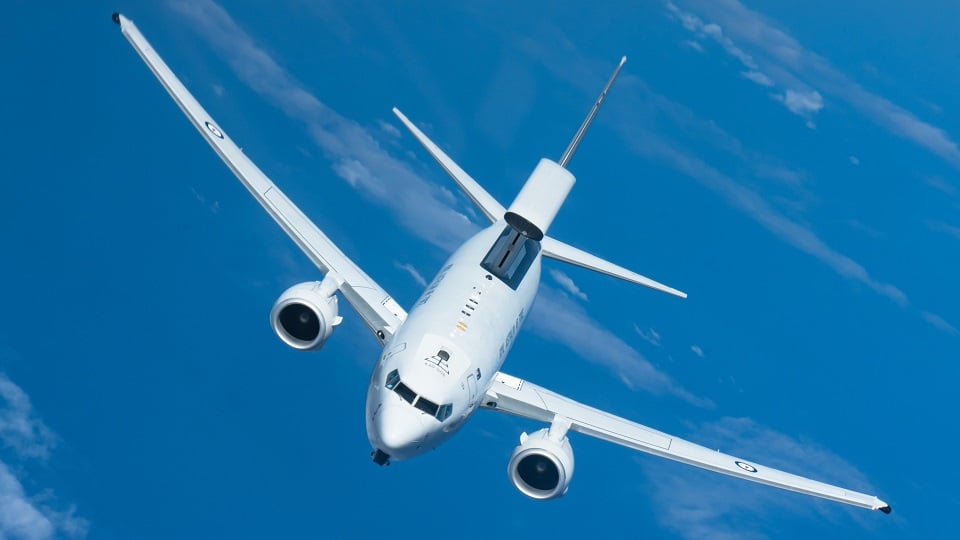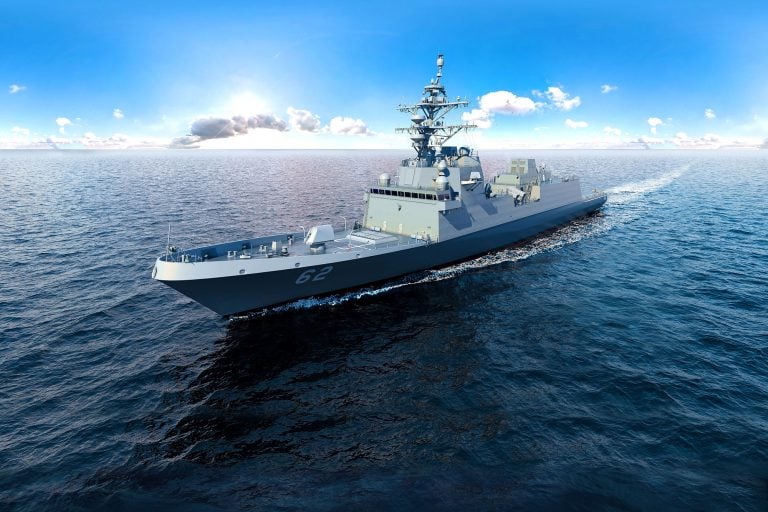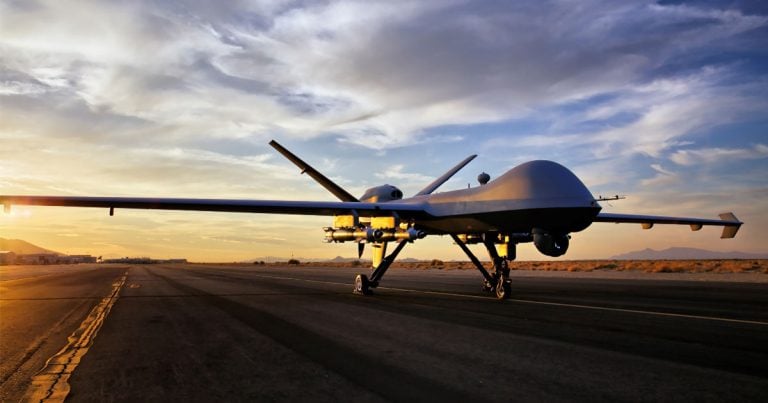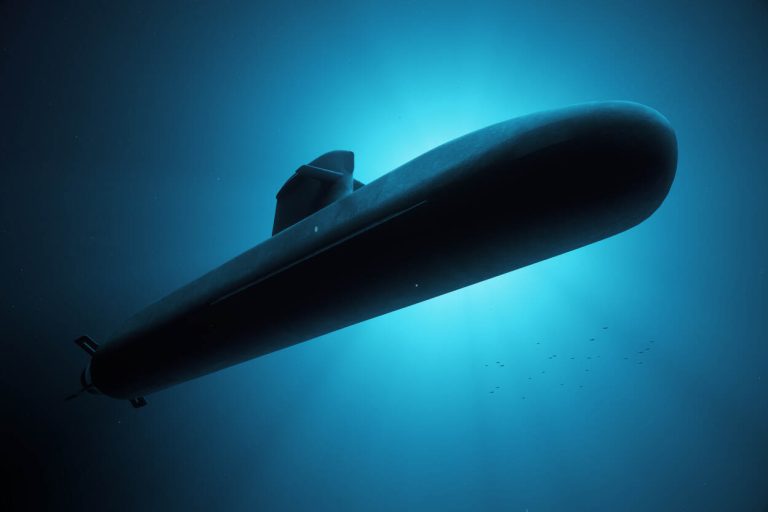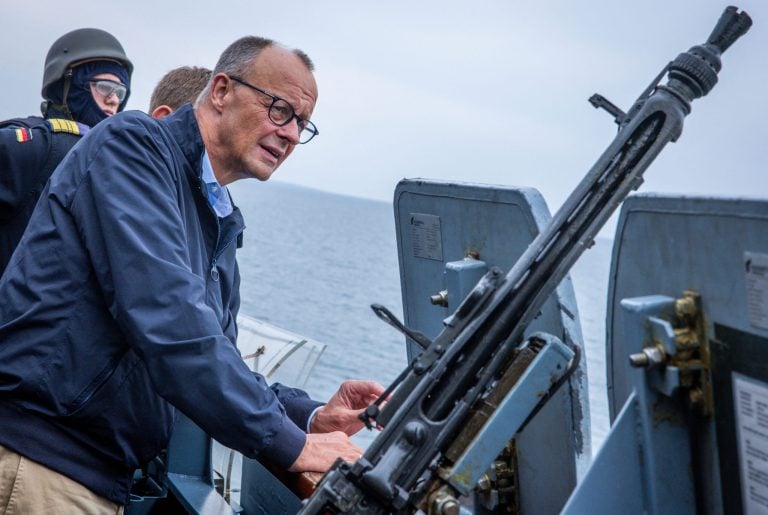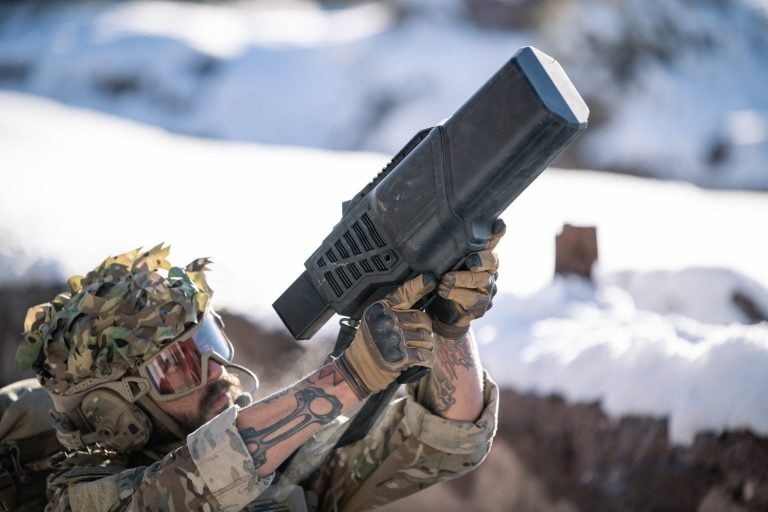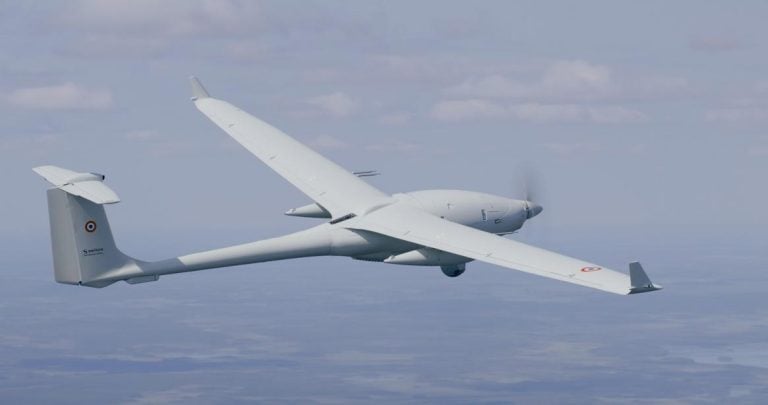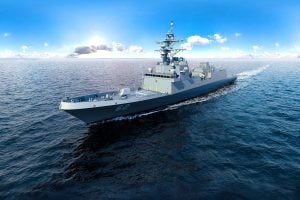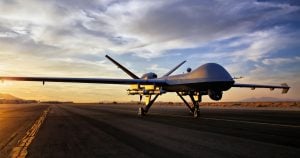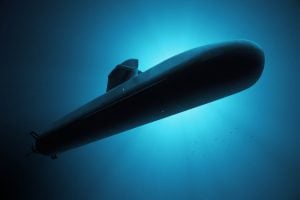In a significant operational commitment, an Australian E-7A Wedgetail surveillance aircraft has participated in NATO operations over the past three months, completing 45 missions focused on monitoring Russian activities near Ukraine. Stationed in Poland, the Royal Australian Air Force (RAAF) crew has engaged in critical missions responsive to regional threats, including a notable incident involving a Russian MiG jet that violated Estonian airspace. Additionally, the aircraft has played an essential role during substantial drone and missile assaults on Ukraine.
Half of the missions carried out by the Wedgetail were reactive in nature, tackling immediate threats as they arose, while the other half were planned surveillance operations focused primarily on monitoring supply lines for international aid flowing into Ukraine. As this deployment concludes, the Australian team is set to return home. The responsibility for these surveillance missions will be handed over to a Turkish aircraft and crew.
The E-7A Wedgetail, operated by Australia’s No. 2 Squadron, is an airborne early warning and control aircraft adapted from the Boeing 737-700 airframe for advanced surveillance and battle management tasks. The fleet, comprising six aircraft based at RAAF Base Williamtown near Newcastle, is equipped with cutting-edge technology including a Northrop Grumman Multi-Role Electronically Scanned Array radar. This radar is capable of simultaneously tracking airborne and maritime targets, providing a comprehensive situational awareness essential for modern military operations.
Incorporating both long-range and secondary radar systems, the Wedgetail can facilitate real-time coordination of air, sea, and land operations through tactical and strategic voice and data links. Each mission allows the aircraft to monitor a vast area of over 4 million square kilometers, an expanse comparable to the entirety of Western Australia or the Northern Territory.
The aircraft itself boasts impressive specifications, measuring 33.6 meters (110 feet) in length with a wingspan of 34.3 meters (112.5 feet). It has a maximum takeoff weight of 77,565 kilograms (171,000 pounds) and a landing weight cap of 60,782 kilograms (134,000 pounds). Powering the Wedgetail are two CFM International CFM56-7 turbofan engines, each generating 27,300 pounds of thrust. The aircraft possesses a substantial operational range of 7,040 kilometers (4,375 miles) and can ascend to a service ceiling of 41,000 feet (12,500 meters). Notably, the E-7A can reach a maximum speed of 955 kilometers (593 miles) per hour, cruising comfortably at 760 kilometers (472 miles) per hour.
As international tensions remain high, the deployment of the E-7A Wedgetail highlights the growing role of allied air assets in maintaining regional stability and intelligence-gathering capabilities in critical areas of conflict.
